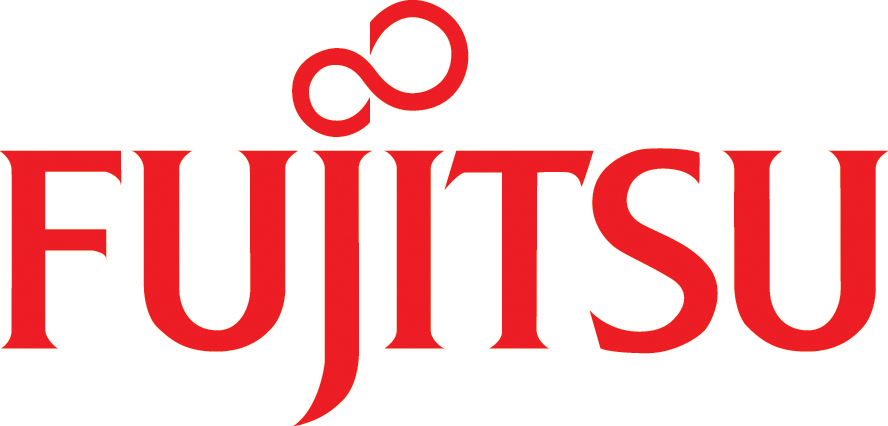Key Points of the Proposed R-22 Phase Out Rules
By law written into the EPA legislation, HCFCs are scheduled to be phased down in 2010 by 75% of the baseline cap (set in the 1990’s).
On January 1st, 2010, it will be illegal to import, produce, or sell R-22 for use in new equipment or pre-charged in new equipment of any kind. This is a very significant piece of legislation that may not be on the radar of 90% of the organizations running AC/HVAC systems.
There is an allowance (loophole) that allows equipment manufactured after 2009 to be charged with reclaimed refrigerant. This too will be further evaluated to ensure existing and future legislation continues to benefit the environment.
After a significant number of comments from equipment manufacturers, owners of AC/HVAC systems, industry groups, and distributors, the EPA clarified the pre-charged rule to allow for R-22 equipment, such as window air conditioning units, manufactured before January 1st, 2010 to be sold after January 1st, /2010. This gives some breathing room for smaller businesses and home owners but it is well known that regulations regarding refrigerant gases will continue to be ratcheted down.
What the Phase Out of R-22 Means to Your Organization
Under the phase out rules for R-22 production and import, all allocations across the refrigerant industry will go from about 312 million pounds to about 110 million pounds, a 64.8% reduction across all shapes and sizes of organizations. This is the first time that R-22 has been reduced in anyway and in such a pervasive manner.
In 2003, R-22 was allocated to 100% of the allowable cap and the step down was covered by the phase out of foam blowing agents. We are about to enter a whole new manner of restriction where the R-22 gas itself will be capped. This will have a far greater impact on day-to-day operations across the entire economy.
According to the 2008 study, the EPA is limiting the amount to HCFC R-22 to 20% LESS than industry demand. This means that R-22 will likely increase in cost substantially and available stocks will be bought up by the bigger organizations. It also means that reclaimed, recycled, and used R-22 could become more valuable than virgin in that it could be used “universally” in pre and post 2010 equipment.
What Your Organization Should Do to Protect Against the R-22 Phase Out Risk
Keep accurate maintenance records and understand your R-22 usage and reporting requirements, and ongoing needs. This means tracking your refrigerant gases down to the individual pound across your entire organization. It is critical to track R-22 but many other refrigerant gases are regulated due to their harmful effects on the environment.
Used refrigerant must be reclaimed and re-certified by an EPA approved reclaimer before it can be sold to a third party. It can however be re-used in your own equipment without re-certification. It is best to start as soon as possible to truly understand and manage your refrigerants as they will and are turning into vital assets that should not be vented or just given away during service events.
The EPA requires leaks to be fixed within 30 days and can impose fines of up to $32,500 per day/ per unit for excessive leaks. Ignorance of these regulations is not an excuse. They were written and passed many years ago. To make a point, the EPA continues to impose hefty fines to organizations who do not comply. Make sure to purchase new R-22 from reputable sources; fines of up to $300,000 per 30 pound cylinder are possible for illegally imported product.






